
If you watch horror movies in any capacity, you’ll know that there’s this tendency for generally white families to move into houses that are clearly haunted or possessed in some way, because of some arbitrary reason that no one really buys. There’s this culture in horror movies that you just take for granted certain things as a possibility to allow them to happen. Like, people can both be super intelligent and completely oblivious, otherwise, you won’t have a movie.
In this case, what happened was that a woman, Olivia, and her husband were looking to move into a bungalow in Lousiville, and the agent was doing their best to try and sell the building off as quickly as possible while completely ignoring some very obvious red flags. The wife was okay with it because she was distracted by the large closet and big master bedroom, while the husband was absolutely suspicious of the scratch marks by the window.
Source: Twitter
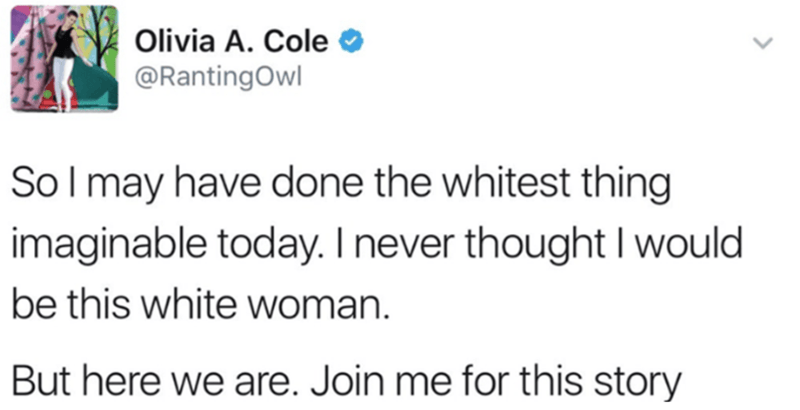
Architectural Digest actually explored something interesting about horror movie house tropes!
The haunted house is a well-known trope—and yet this familiar horror movie staple is still capable of giving viewers the creeps. After all, it’s the imposing space where spirits prey on fears, and where a character can run — preferably not down the creaky steps to the basement—but can’t hide. “It doesn’t take much to make us scared inside a haunted house,” Leonard Maltin, film historian and cohost of the Maltin on Movies podcast, tells Architectural Digest. “All we need is an indication or belief that something is there, like a shadow of light through a doorway. Less is more.”


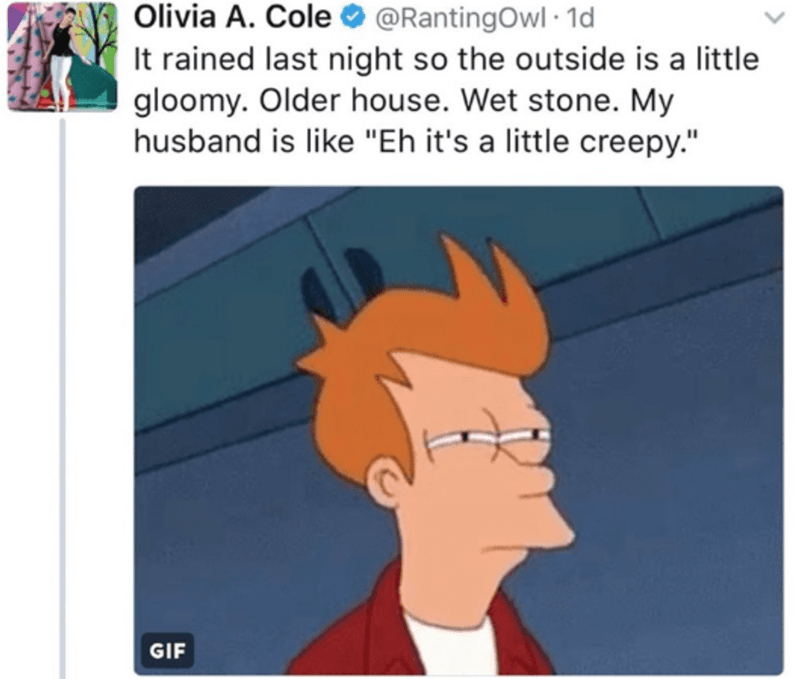
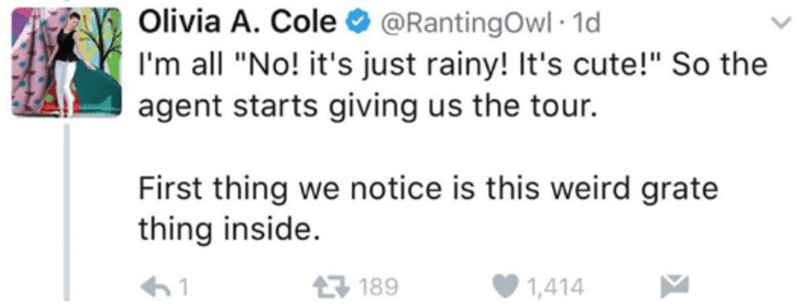

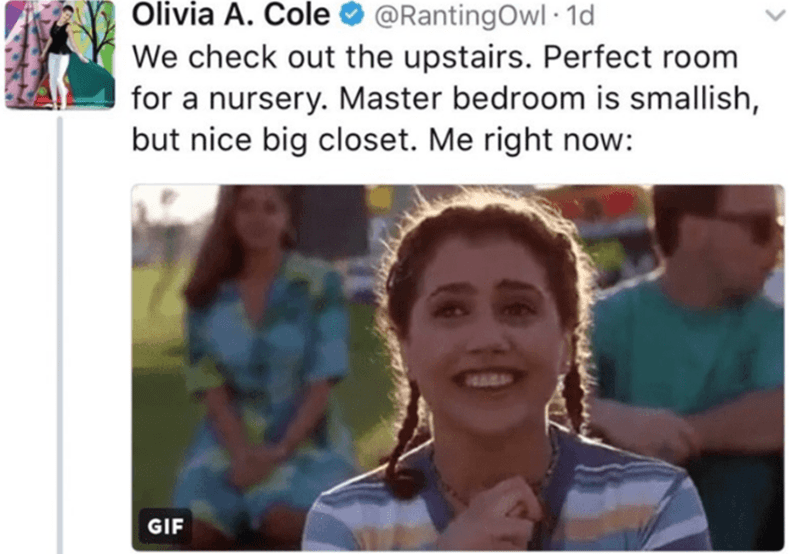
The chilling concept dates back to a 1927 silent movie called The Cat and the Canary, in which a family is stalked by a mysterious figure inside a decaying mansion that overlooks New York’s Hudson River. “The movie became synonymous for a long time with the prototypical old dark house thriller,” Maltin says. Five years later, an entry literally titled The Old Dark House starring Boris Karloff (Frankenstein) and Charles Laughton spooked audiences. In the wake of its success, “the old dark house wasn’t just a title,” he notes. “It was a description and a blueprint for a certain type of horror movie.”


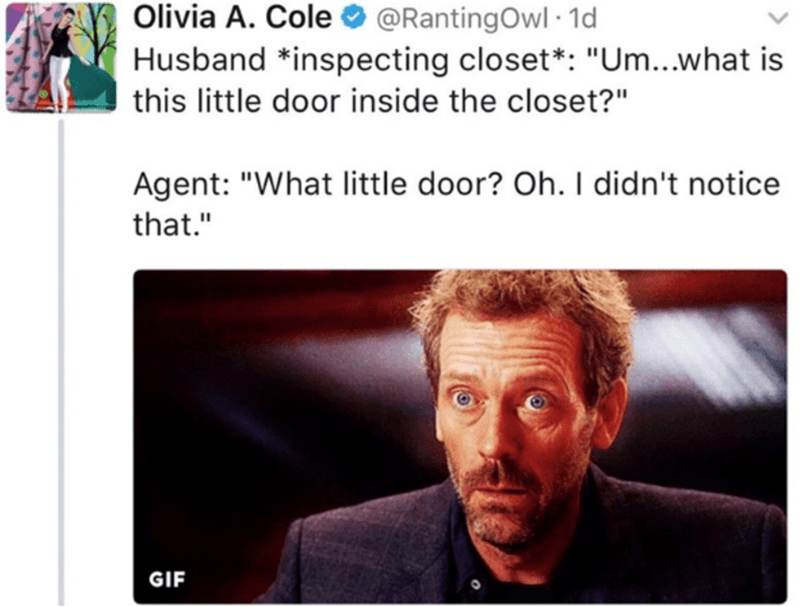




Of course, a house is only as haunted as the malevolent ghostly beings inside it. Master of suspense Alfred Hitchcock put his own spin on this idea with the gothic 1940 classic Rebecca, the story of a married woman (Joan Fontaine) terrorized by the presence of her husband’s first wife inside their mansion. In the 1959’s The House on Haunted Hill, an eccentric millionaire (Vincent Price) and his wife offer strangers $10,000 to survive a night in their ghost-occupied abode. “You don’t know what’s coming,” Maltin says. “What’s scarier than tiptoeing down that darkened hallway?”
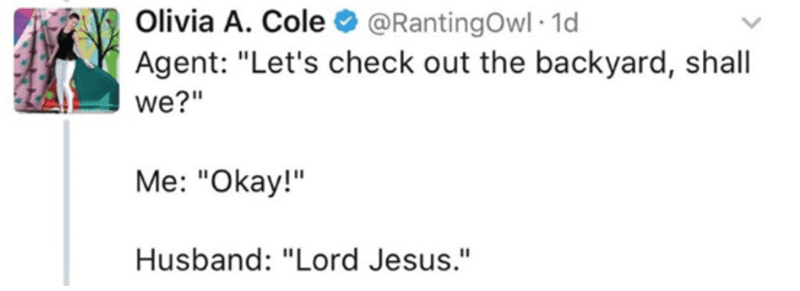

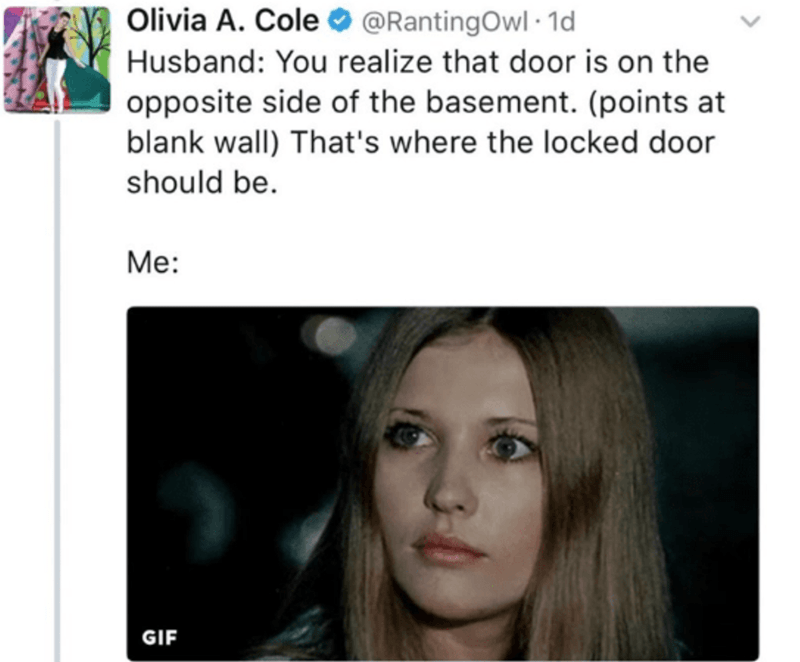

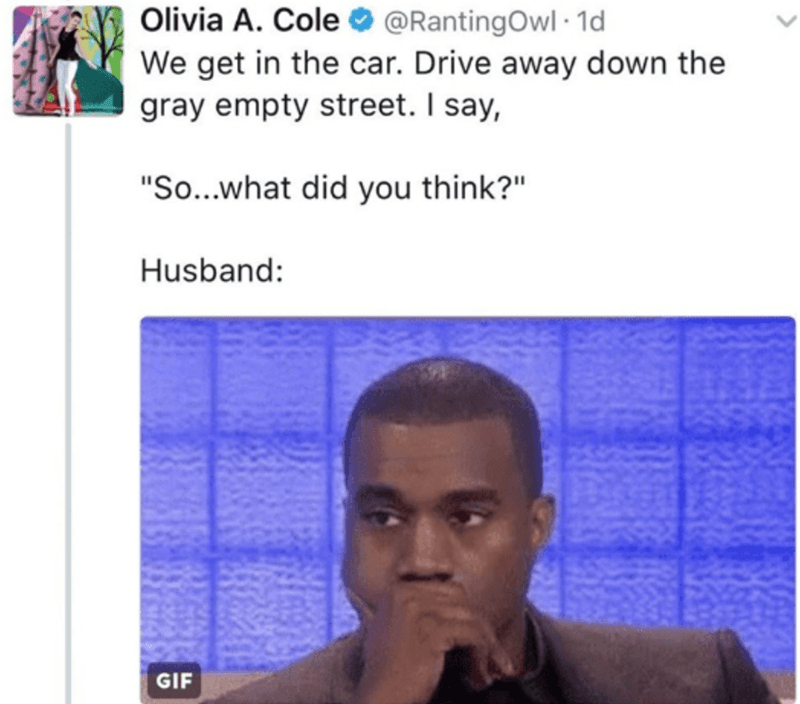


Answer: Tiptoeing down a hallway in your own tree-lined, picket-fenced suburban home. Nail-biters such as The Exorcist (1973); Halloween (1978), Amityville Horror (1979), A Nightmare on Elm Street (1984), and even Beetlejuice (1988) are all set inside confines intended to provide security. They don’t. “A home is supposed to be the most comforting place of all,” Maltin says. “So when a boogeyman appears, it adds another layer of tension.”
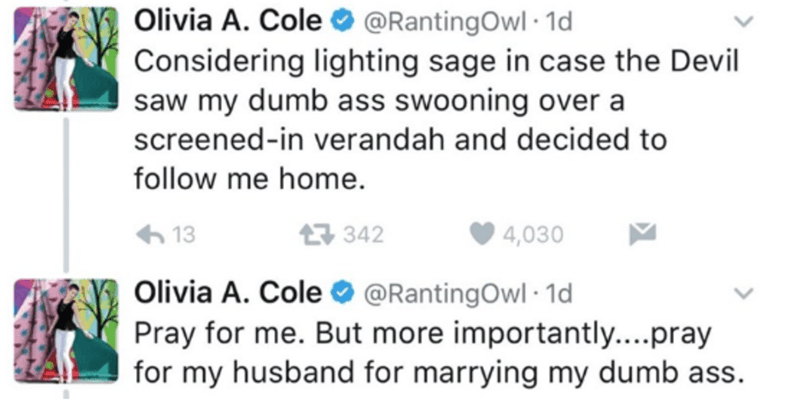


What about you? Would you be the wife or the husband in this scenario?